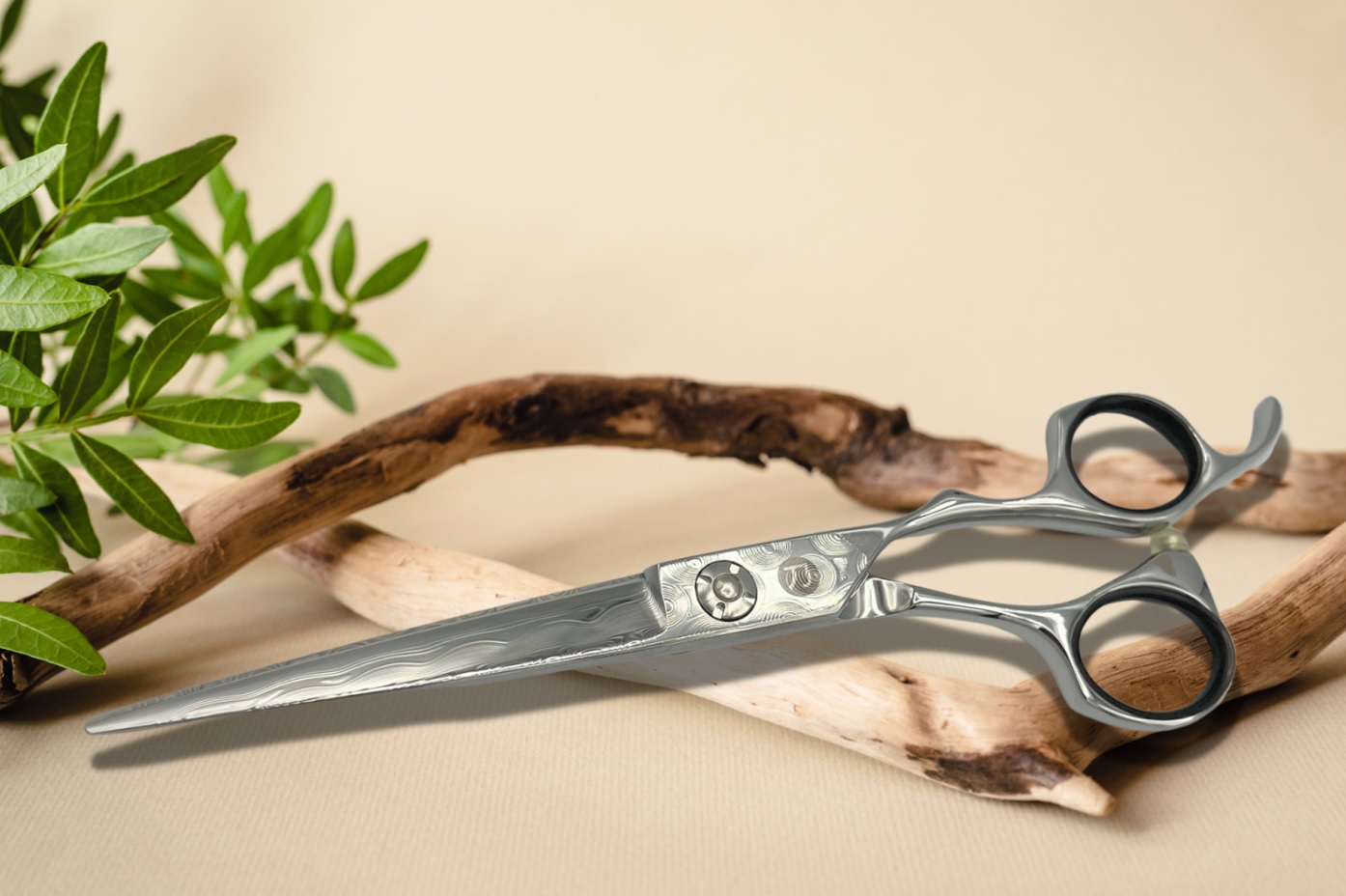Crafting the perfect haircut is a blend of art and science, involving a keen eye, skilled hands, and top-notch tools. Whether you’re a professional stylist or a haircut enthusiast, this guide aims to demystify the elements that contribute to a perfect haircut. For expert commentary, we’ve sought the insights of Chuck Harris, President of Saki Shears.
“A perfect haircut is not just about cutting hair; it’s about shaping an individual’s personality and style. And to do that well, you need precision, technique, and high-quality tools,” emphasizes Chuck Harris.
The Role of Quality Tools
The importance of using quality tools for haircuts cannot be overstated. “Imagine trying to paint a masterpiece with a worn-out brush; it’s the same with haircuts. Your shears are your primary tool and having a high-quality pair is essential for achieving precise and clean cuts,” says Chuck Harris.
Harris highlights that investing in durable, professional-grade shears, like those from Saki Shears, benefits not just the stylist but also the client. “Quality shears offer a smooth, clean cut, which is especially important for styles that demand a high level of detail,” he adds.
Mastery of Technique
Understanding the nuances of different haircutting techniques is pivotal to achieving the perfect haircut. From blunt cuts to layering, each technique serves a specific purpose and works best for certain hair types and styles. “Technique and tools go hand in hand. For example, if you’re working on a detailed layered cut, you need shears that can offer precise angling,” explains Chuck Harris.
Different techniques also require different types of shears. “For blunt cuts, a straight-edge blade is ideal. For texturizing or thinning, specialized thinning shears can make a significant difference,” Harris adds.
Understanding Hair Types and Styles
The perfect haircut is not a one-size-fits-all proposition; it needs to be tailored to individual hair types and personal styles. “Understanding the client’s hair type—be it curly, straight, or wavy—is crucial because each type reacts differently to cutting techniques,” says Chuck Harris.
Harris emphasizes that a thorough consultation with the client before the cut is vital. “This is the time to understand their lifestyle, haircare routine, and style preferences. This information will guide your choice of technique and tools,” he adds.
Continual Learning and Adaptation
In the fast-evolving world of hairstyling, continual learning is essential. “Trends change, new tools emerge, and techniques get refined. To consistently deliver perfect haircuts, one must be willing to adapt and grow,” says Chuck Harris.
Harris suggests attending workshops, following industry leaders on social media, and even revisiting basic techniques to refresh your skill set. “Even something as fundamental as the type of shears you use can evolve. That’s why I always recommend keeping an eye out for innovations in tools and equipment,” he adds.
The beauty industry, especially the art of haircutting, is dynamic. “It’s not just about mastering a set of techniques; it’s about mastering the art of adaptation. Being open to learning and evolving is what separates a good stylist from a great one,” concludes Harris.
The Art and Science of a Perfect Haircut
As we’ve gathered from our conversation with industry expert Chuck Harris, a perfect haircut is the culmination of multiple factors. High-quality tools, mastery of technique, and a deep understanding of hair types and personal styles all contribute to the final result. “It’s like cooking a gourmet meal; you need the right ingredients, the right equipment, and the right skills. Miss out on one, and the dish falls flat,” Harris analogizes.
Harris emphasizes that while tools and techniques can be learned and acquired, the ‘art’ aspect of haircutting comes from experience and a deep-rooted passion for the craft. “The perfect haircut is not just a service; it’s an experience. And every little detail, from the moment the client walks in, to the tools you use, to the final reveal, contributes to making it memorable,” he says.
Achieving the perfect haircut is a complex art form that requires a balance of the right tools, techniques, and understanding. Whether you’re a seasoned stylist or a beginner, focusing on these key aspects can significantly elevate your haircutting game. As Harris puts it, “The path to perfection is a blend of the right tools, continuous learning, and an unyielding commitment to excellence.”

 the best haircutting scissors
the best haircutting scissors